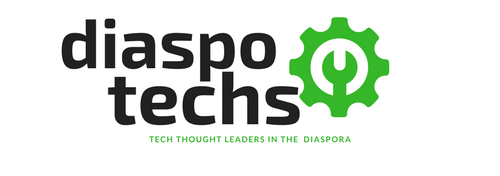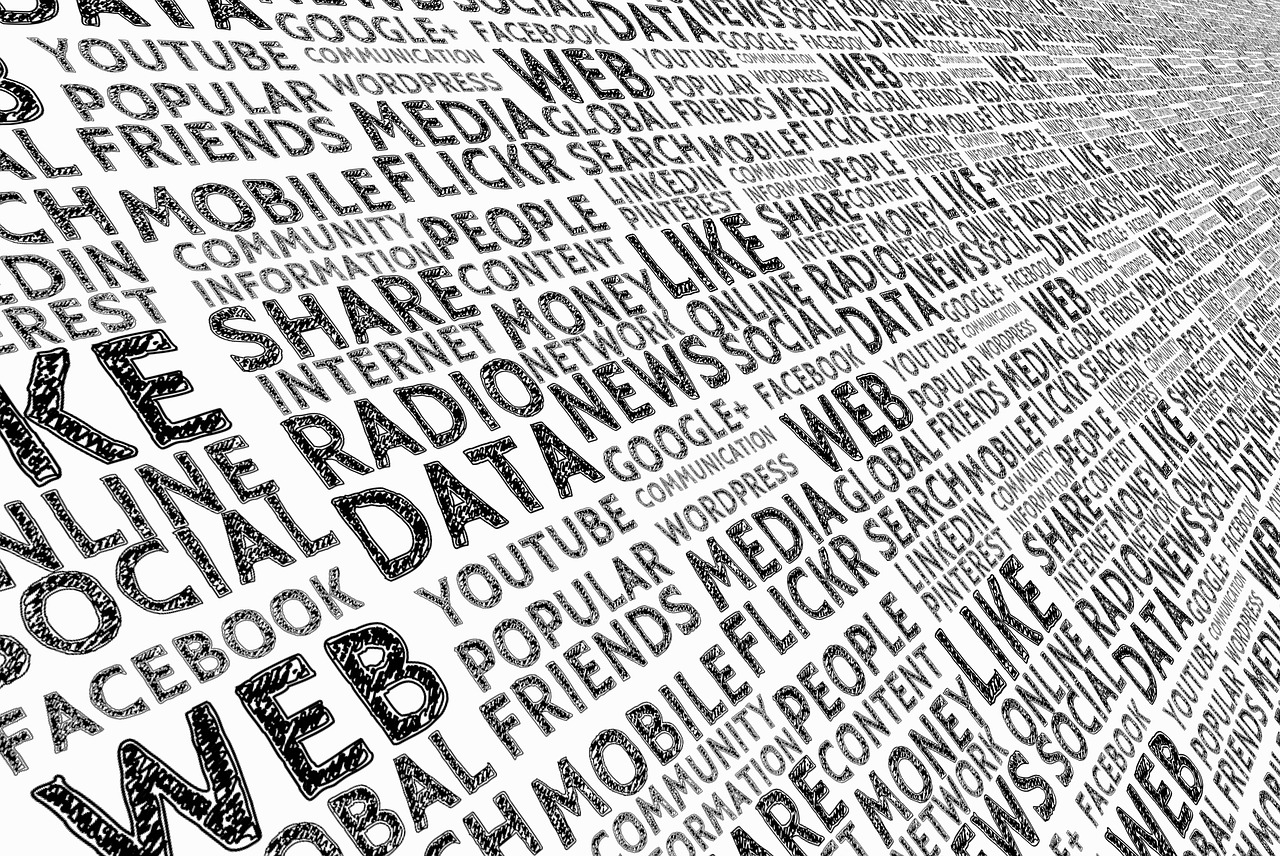Innovation Driven By Data
There are many definitions of innovation out there, one of which I’d like to highlight is: an increase in productivity. This is true in the sense that to increase productivity, one must be able to do the same amount of work within less time. There many ways to do this, with automation being at the forefront.
Today, there are data collections systems made available to us through technology. For example, social media collects data trending topics. Google maps, waze and other software collects data on location. eCommerce websites collect data on items we buy, or even items that we frequently click on. With this information, many companies are able to have tailor-made experiences for their users, which brings in more revenue. It’s all in the data.
This is virtually impossible without automation. The trick is to automate a system that can correlate several large data sets and determine the best outcome. That is how we increase productivity. Swapping repeatable tasks at work with a computer produces faster results, therefore time is maximized by using it on more important tasks. By extension, this is one of the ways in which we can start solving social problems that affects our lives daily – such as productivity lost in time spent in traffic, productivity lost in time spent waiting in line at the bank etc.
What if we were to be more intentional about data collection? Right now, most companies collect data from average, everyday users, such as you and me, in a rather passive manner. We click, scroll, buy, input information without knowing that it’s being used in the background to optimize our interactions with these sites and applications. What if that could be mobilized by having ‘data harvesters’, for the lack of a better term, to collect data in areas that were previously hard to reach?
Let’s look at an example. City B needs more hospitals. You could have several data collectors that look at a number of metrics related to health: how many births are in city B per year? How many children get vaccines per month? How many people get surgeries per year? How many people use health insurance when they visit the hospital? There are two parts to this: stream-lining the line at the existing hospital to reduce wait times, and using the data to determine what kinds of doctors to hire and where to build the new hospitals.
For the first way – what if everyone used a hospital app instead of coming in to fill out paperwork, signed up and entered their information before they arrived and essentially stream-lined the experience. No lines, as soon as they come in, their level of severity is already assessed, and potentially, a diagnosis with medication may already be prepared. For the second way – let’s say City B has more births in the North that in the South, then it makes sense to build a maternity clinic in the North, or hire more gynecologists in the North. If we could have multiple ways in which we collect this data quickly, and use technology to assimilate and assess it, it would be easier to plan and build up a community. This is one of the ways in which data drives innovation.
In conclusion, we have many data sets available to us. We can use technology to mobilize locals to collect the data, use technology to analyze the data and quickly get a result, as opposed to sifting through mounds of paperwork manually. This will enable us to solve scientific, political and social problems through innovation.


